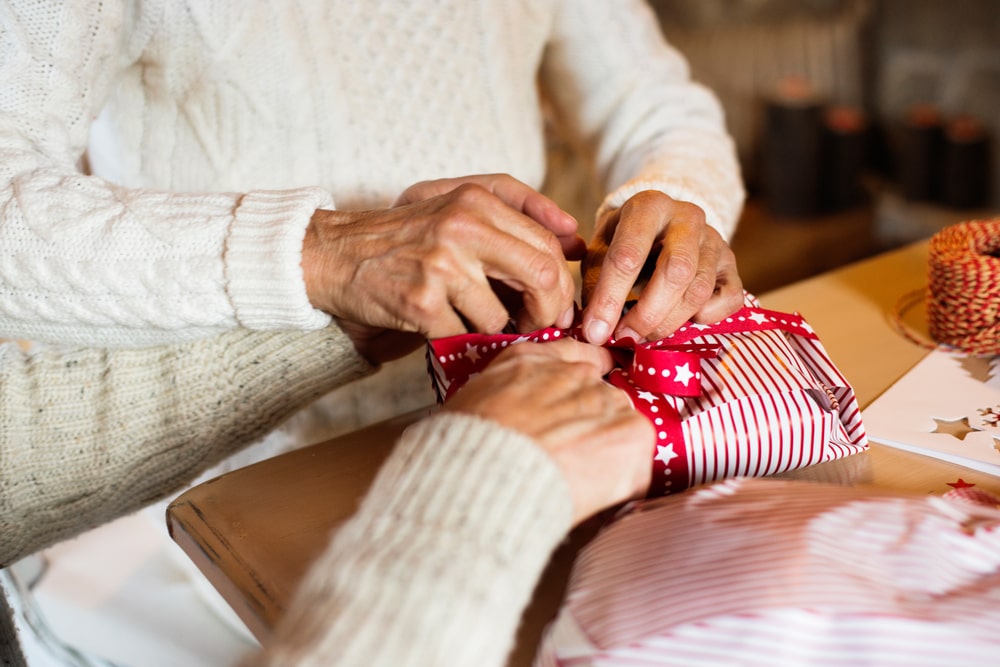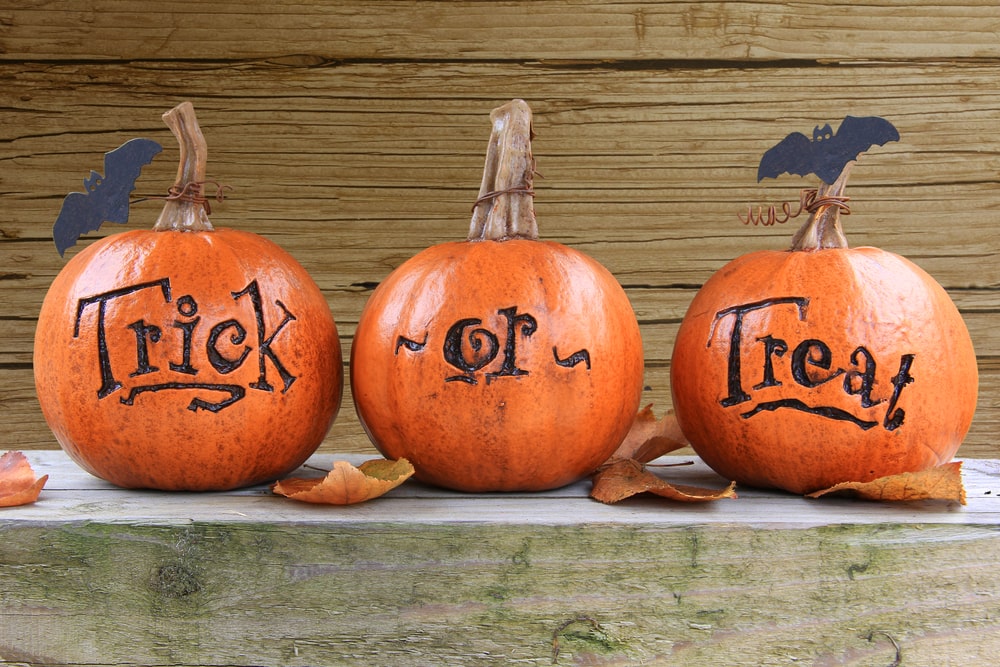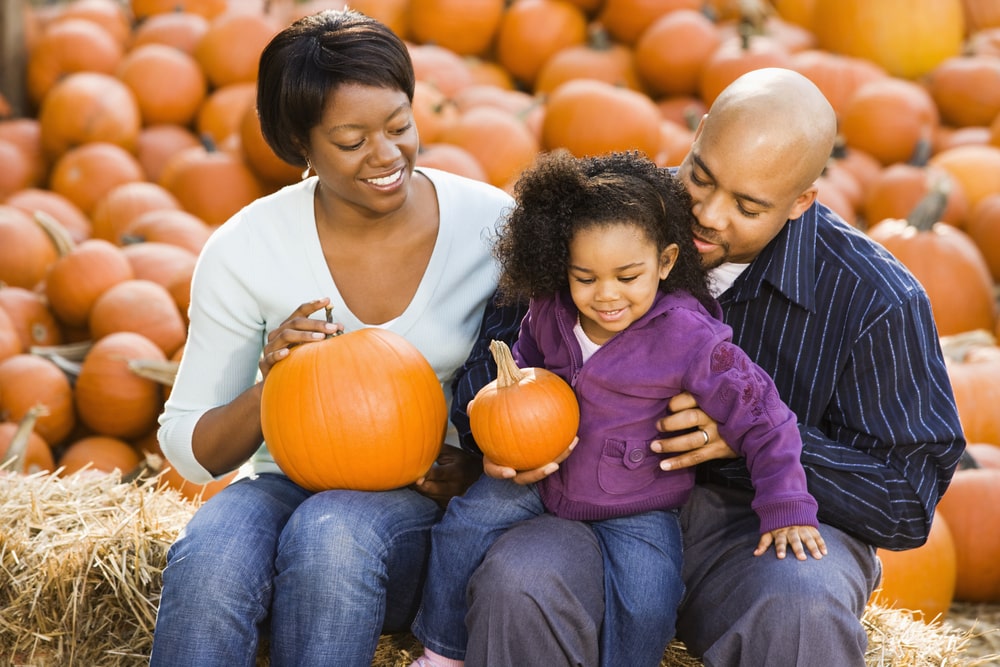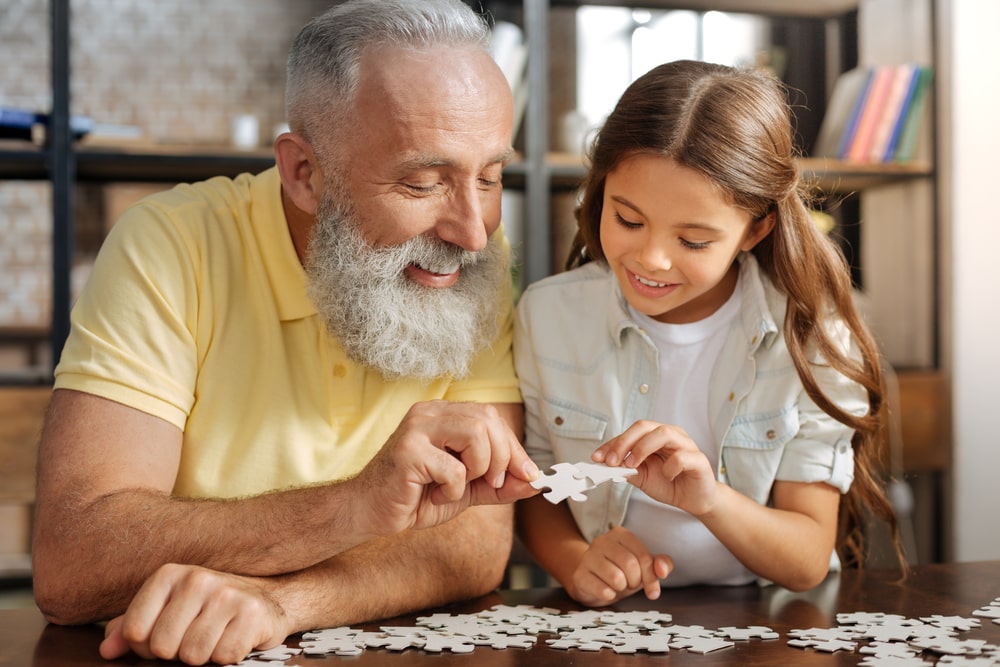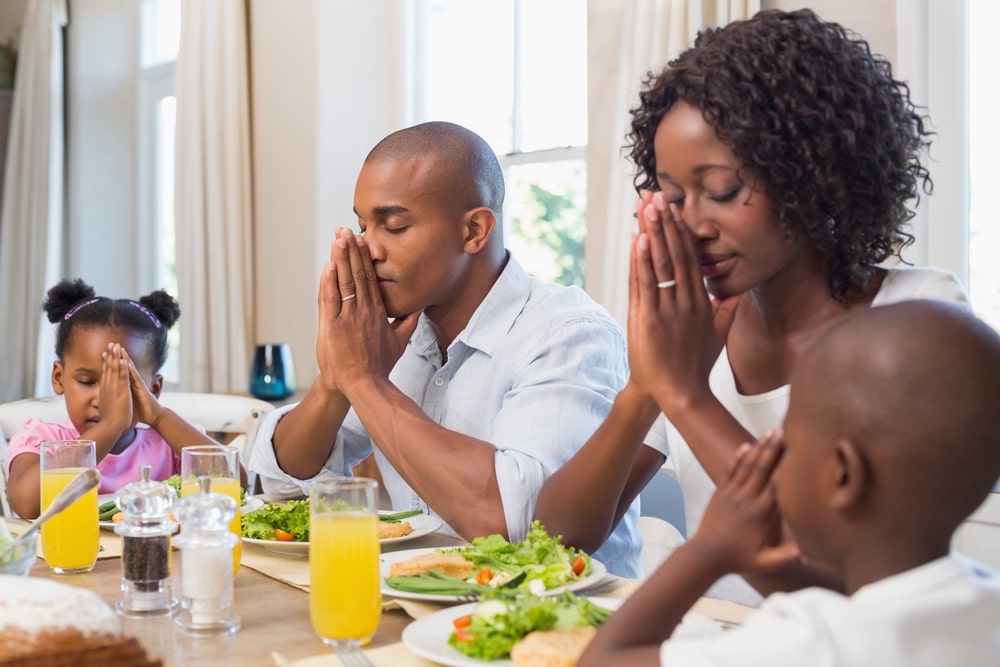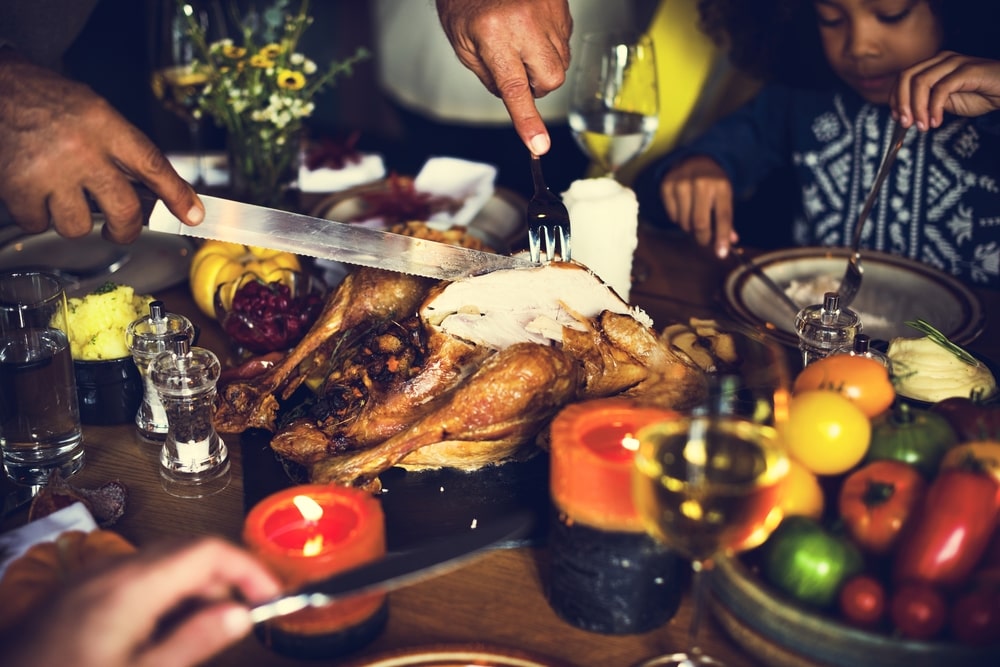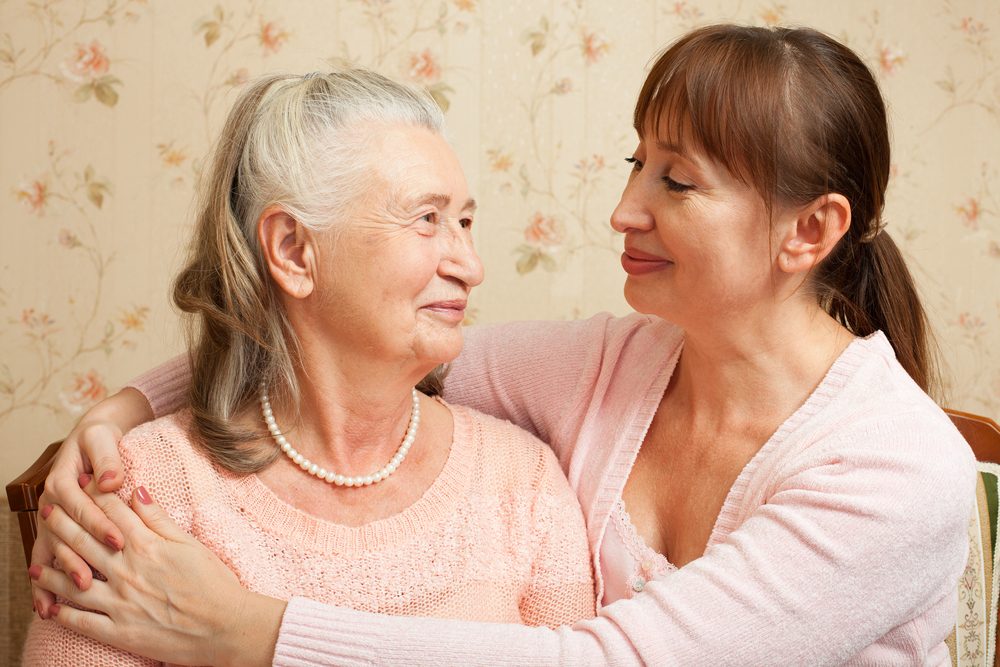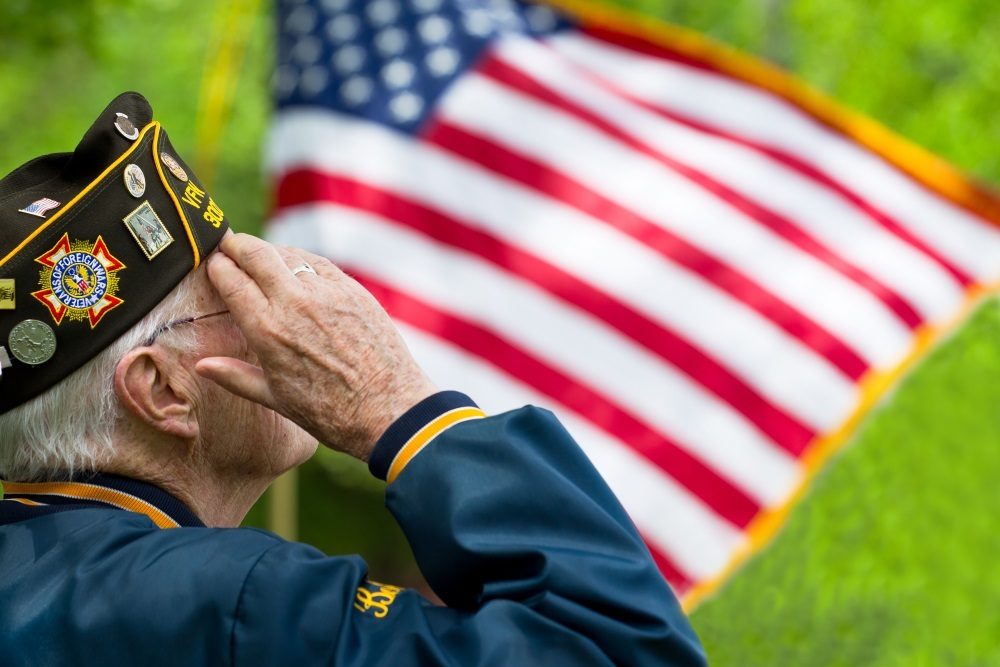
No matter what time of the year it is, grief is hard. It involves so many emotions, like sadness, anger, guilt, or relief. The Christmas holiday adds its own complexity to an already full emotional plate. It may feel like you are so filled with grief that you have no room for joy. So, how do you find the balance between grieving a loss and finding joy in the here and now?
Grief is a continual ebb and flow, intense one moment and gentle the next. It’s becoming increasingly understood that there’s no right or wrong way to grieve, and it takes time to process loss. At Christmas, there will be many reminders of your loss, and you may feel them keenly. That’s okay. That’s normal. While society may tell us that we should always be happy, it’s an unrealistic way to view life and the human heart. Instead of focusing on how to “be happy” this holiday season, let’s instead look at a few tips that may help you find the balance between moments of grief and moments of joy.
Find a special way to honor your loved one
This year, though you may be missing the physical presence of someone dearly loved, you can still bring their spirit to life by finding a special way to honor their memory. You might set a seat of honor for them at the table or create a remembrance item. You could make their favorite dish, bring out a collage of favorite photos, or reminisce about some of your most cherished memories. If Christmas was your loved one’s favorite season, continue one of their favorite traditions or incorporate a new one in their honor. While remembering your loved one may bring moments of sadness, there will be joy in finding ways to make them a special part of the season.
Don’t ignore what you feel
Because we don’t want to cause others distress, especially at Christmas, many of us may be tempted to ignore our own feelings. While there may be moments when you need to keep your emotions in check, it’s always best to let yourself feel what you feel. Take time to journal, paint, talk, or somehow express what’s going on inside. According to nationally recognized grief author, educator, and counselor Dr. Alan Wolfelt, it’s best to “Find a place to be quiet and alone with your thoughts and feelings. In these moments of solitude, learn to check in with yourself about the death. Look your grief in the face and say hello to it.” Only by allowing ourselves to face the pain can we begin to move forward.
Don’t be afraid to say no
At Christmas, it can be easy to fill up the calendar with events. There are family get-togethers, school events, church events, community events, and so much more that may pull at your time and attention. Pay attention to how you feel, and don’t be afraid to say no. Do the things that will bring you the most joy or satisfaction and let everything else slide this year. By carefully planning how you will spend your time, you can ensure that your days are a healthy mix of activities. There’s no need to do everything, but do make sure that you participate in a few things that will bring you delight.
Take care of yourself
Take time this Christmas season to look after yourself. That may mean going to a spa for the day, getting a pedicure, taking a hike, or simply sitting down to read or watch a TV show. Grief is exhausting, and with all the extra demands on our time during the holiday season, it’s important to take time to rest and relax. Prioritize what’s most important to you and your family, and make those specific things happen. If shopping is stressful, give gift cards this year. If you can’t bring yourself to send the annual Christmas cards, don’t be afraid to skip a year. As you take care of yourself, you will find the strength you need to find joy in the sweet moments.
Accept that things are going to be different
When grieving a loss, some may drop all traditions as pointless and painful. Others may try to make sure nothing changes at all. No matter what your inclination, look for middle ground. Things will be different this year, and while it’s not a difference you wanted, there is joy to be found in making new memories and establishing new traditions. Focusing on the flaws of the season will only make you unhappy. If we try to force everything to be the same, we will be inevitably be disappointed. Instead, accept that things are going to be different and make the best of it.
Connect with those you love
The holidays are about spending time with people you love. In the midst of sorrow, we need time to both laugh and cry. It’s not healthy to maintain a constant attitude of grief. While it may feel disloyal at first, experiencing moments of joy while walking through grief is natural and normal. There’s no need to feel guilty. By connecting with those we love, and who love us, we have the opportunity to laugh and cry. We can share our dearest memories, cry over the pain we feel, and then find joy in the fact that we are still surrounded by people who love us.
Look for joy
This holiday season, don’t be afraid to feel joy. Feeling moments of happiness or delight doesn’t mean that you’ve forgotten your loved one. They simply mean that you are human. You are made to feel a multitude of emotions at the same time. Laughter and tears. Joy and sorrow. We are complex beings, and our grief is strong some moments and subtle the next. By allowing yourself to feel both emotions, you can find the balance and truly grasp what it means to live well even in the middle of your grief journey. Life is full of irretrievable moments – don’t miss out on one this holiday season. Embrace it, cherish it, and find the balance.







